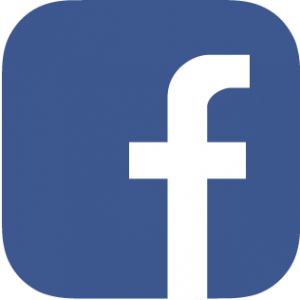Job Description
At Meta’s Reality Labs Research, our goal is to make world-class consumer virtual, augmented, and mixed reality experiences. Come work alongside industry-leading scientists and engineers to create the technology that makes VR and AR pervasive and universal. Join the adventure of a lifetime as we make science fiction real and change the world. We are currently seeking innovative scientists with experience designing, modeling, and prototyping advanced optical systems for near-to-eye display applications. This is a full-time position and requires an advanced degree in optical engineering, physics, or similar, and a strong background in optical system design and innovation. Successful candidates must be comfortable working in a dynamic cross-functional team.
Optical Scientist: Computational Optics Responsibilities
Develop novel concepts and technologies for next generation Near-Eye Displays (NEDs) and sensors.
Explore the co-design space between display, optics, and sensors.
Implement proof-of-concept hardware prototypes that redefine the state-of-the-art in AR/MR.
Engage cross-functionally with researchers and engineers to explore innovative concepts that advance the entire pipeline (hardware, software, integration, infrastructure, and applications), and create compelling future AR/MR experiences.
Minimum Qualifications
PhD degree or equivalent experience in Optical Sciences, Physics, Electrical Engineering, or a related field.
General knowledge of optics including imaging, illumination, radiometry and colorimetry, physical and geometric optics, and polarization.
Proven record in developing complex systems involving optics, mechanics, and automation.
3+ years of experience with scientific programming languages (e.g., MATLAB, Python, and Mathematica).
3+ years of experience working with system-level prototyping work, including hands-on prototyping of bench-top optical components.
3+ years of experience with optics technologies with one or more of the following: physical optics, computational optics, holography, display optics, imaging, illumination, stray light analysis, radiometry, and photometry.
Experience working, communicating, and collaborating in a cross-functional environment with minimal direction.
Preferred Qualifications
Experience with diffractive optics, holography, or computational optics.
Knowledge of one or more optical modeling tools (e.g., Zemax, Code V, LightTools, FRED, or Lumerical).
Experience with display and sensing components, such as near-eye displays and sensors.
Proven track record of achieving results as demonstrated by grants, fellowships, patents, as well as first-authored publications at workshops or conferences (e.g., OSA, SPIE, IEEE, SIGGRAPH, COSI, and SID).
Experience developing prototypes and collaborating in a team environment across a diverse set of disciplines including Electrical Engineering, Mechanical Engineering, Materials Science, Physics, and Optics.
Menlo Park, CA
Facebook, Inc. provides various products to connect and share through mobile devices, personal computers, and other surfaces worldwide. The company’s products include Facebook that enables people to connect, share, discover, and communicate with each other on mobile devices and personal computers; Instagram, a community for sharing photos, videos, and messages; Messenger, a messaging application for people to connect with friends, family, groups, and businesses across platforms and devices; and WhatsApp, a messaging application for use by people and businesses to communicate in a private way. It also provides Oculus, a hardware, software, and developer ecosystem, which allows people to come together and connect with each other through its Oculus virtual reality products. As of December 31, 2018, it had approximately 1.52 billion daily active users. The company was founded in 2004 and is headquartered in Menlo Park, California.
-
IndustryInformation Technology
-
No. of Employees37, 773
-
Website
-
Jobs Posted20325


